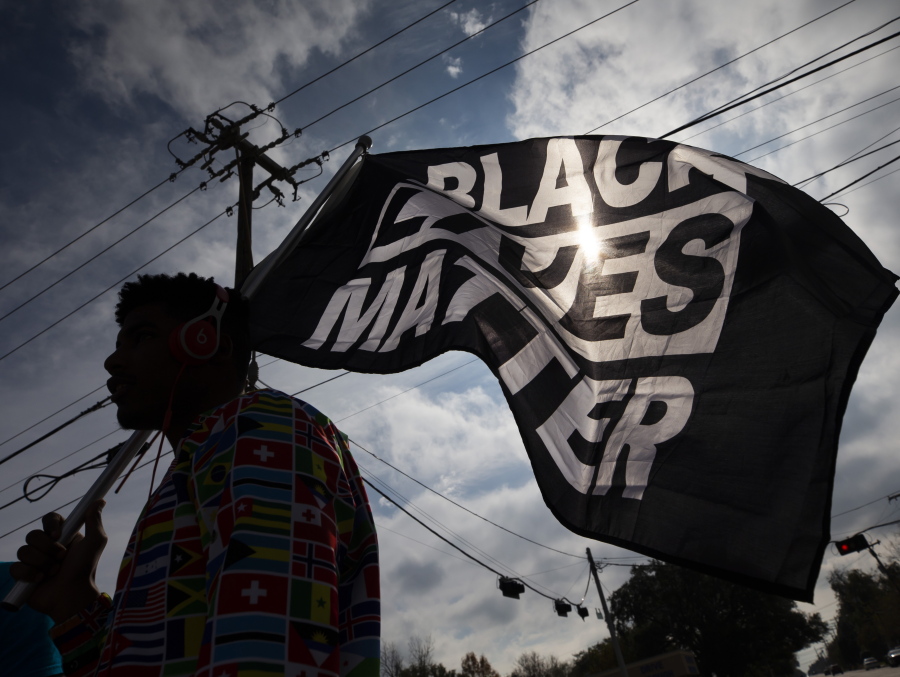NEW YORK — The foundation widely seen as a steward of the Black Lives Matter movement says it took in just over $90 million last year, according to a financial snapshot shared exclusively with The Associated Press.
The Black Lives Matter Global Network Foundation is now building infrastructure to catch up to the speed of its funding and plans to use its endowment to become known for more than protests after Black Americans die at the hands of police or vigilantes.
“We want to uplift Black joy and liberation, not just Black death. We want to see Black communities thriving, not just surviving,” reads an impact report the foundation shared with the AP before releasing it.
This marks the first time in the movement’s nearly eight-year history that BLM leaders have revealed a detailed look at their finances. The foundation’s coffers and influence grew immensely following the May 2020 death of George Floyd, a Black man whose last breaths under the knee of a white Minneapolis police officer sparked protests across the U.S. and around the world.



